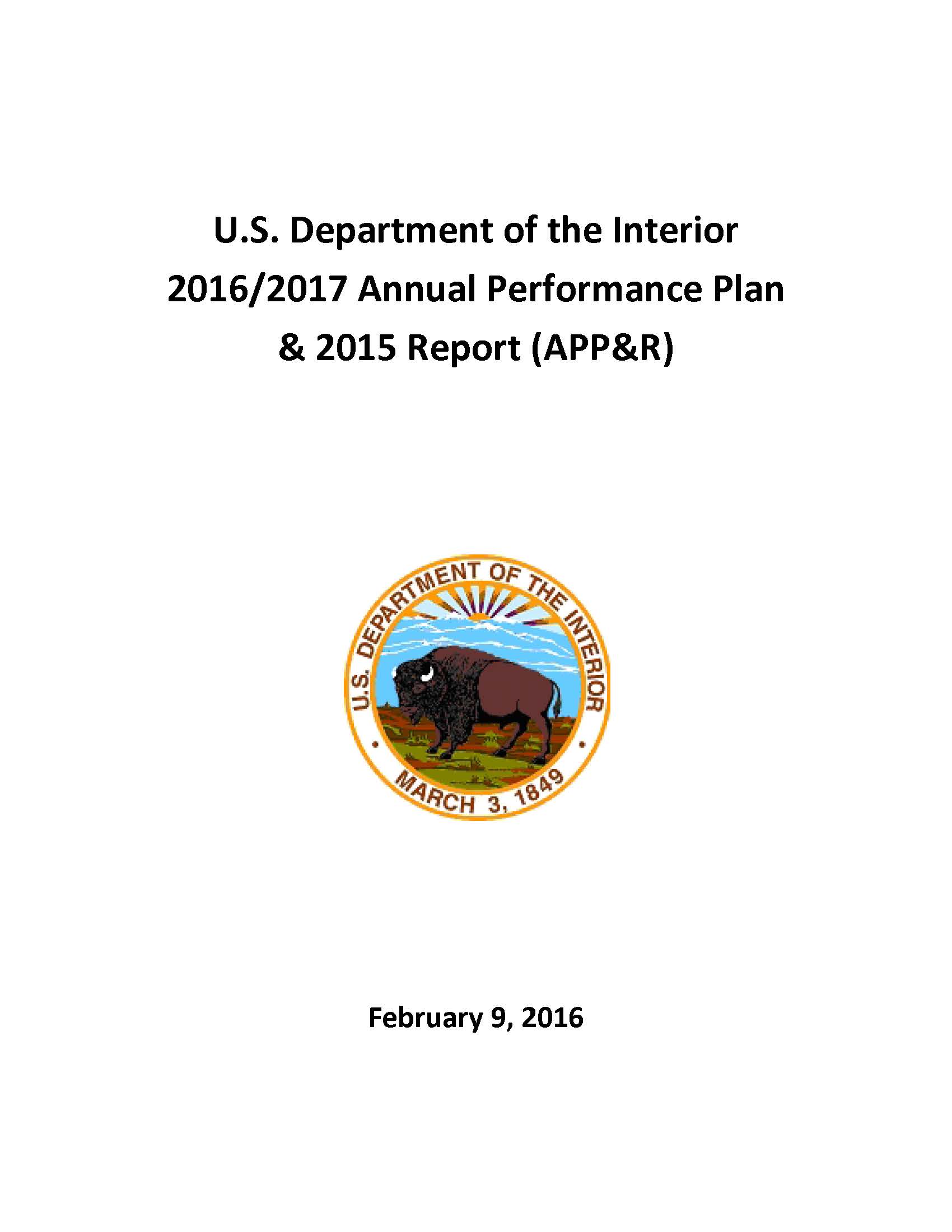- Home
- Agencies
- Department of Agriculture
- Department of Housing and Urban Development
- General Services Administration
- Department of Commerce
- Department of the Interior
- National Aeronautics and Space Administration
- Department of Defense
- Department of Justice
- National Science Foundation
- Department of Education
- Department of Labor
- Office of Personnel Management
- Department of Energy
- Department of State
- Small Business Administration
- Environmental Protection Agency
- Department of Transportation
- Social Security Administration
- Department of Health and Human Services
- Department of the Treasury
- U.S. Agency for International Development
- Department of Homeland Security
- Department of Veterans Affairs
- Goals
- Initiatives
- Programs
Primary tabs
Key to Changes
This text is Revised text
This word has been added to the text
This text is Last Published text
This word has been removed from the text
Modifed styling with no visual changes
Strategic Objective
Monitor and Assess Natural Hazards Risk and Resilience
Strategic Objective
Overview
The USGS works with its many partners to characterize the potential impact and consequences of natural hazard events on human activity, health, the economy, and the environment. The USGS supports national and global monitoring capabilities and long-term investigations of earthquakes, volcanic eruptions, landslides and geomagnetic storms. Timely and relevant data, maps and assessments are provided to support emergency response and decrease loss of life and property due to a wide range of natural hazards.
Progress Update
In FY 2015, 13 of 14 performance measures met or exceeded their targets due to an increase in funding. Specifically, the Volcano Hazards Program purchased and installed new monitoring equipment; the Earthquake Hazards Program increased work on induced seismicity and analyzed data from new, low-cost seismic instrumentation; and the Geomagnetism Program improved observatory equipment which resulted in the collection ofmore and higher reliability data. This level of performance indicates that critical natural hazard knowledge and tools are being developed and provided to land managers and policy makers to inform decision making.
The only measure that did not meet its target was the amount of Light Detection and Ranging (Lidar) data collected for the Coastal and Marine Geology Program. No data was collected in FY 2015 because the USGS Experimental Advanced Airborne Research Lidar (EAARL-B) instrument was not operable due to coolant leaks and a lack of spare parts.








